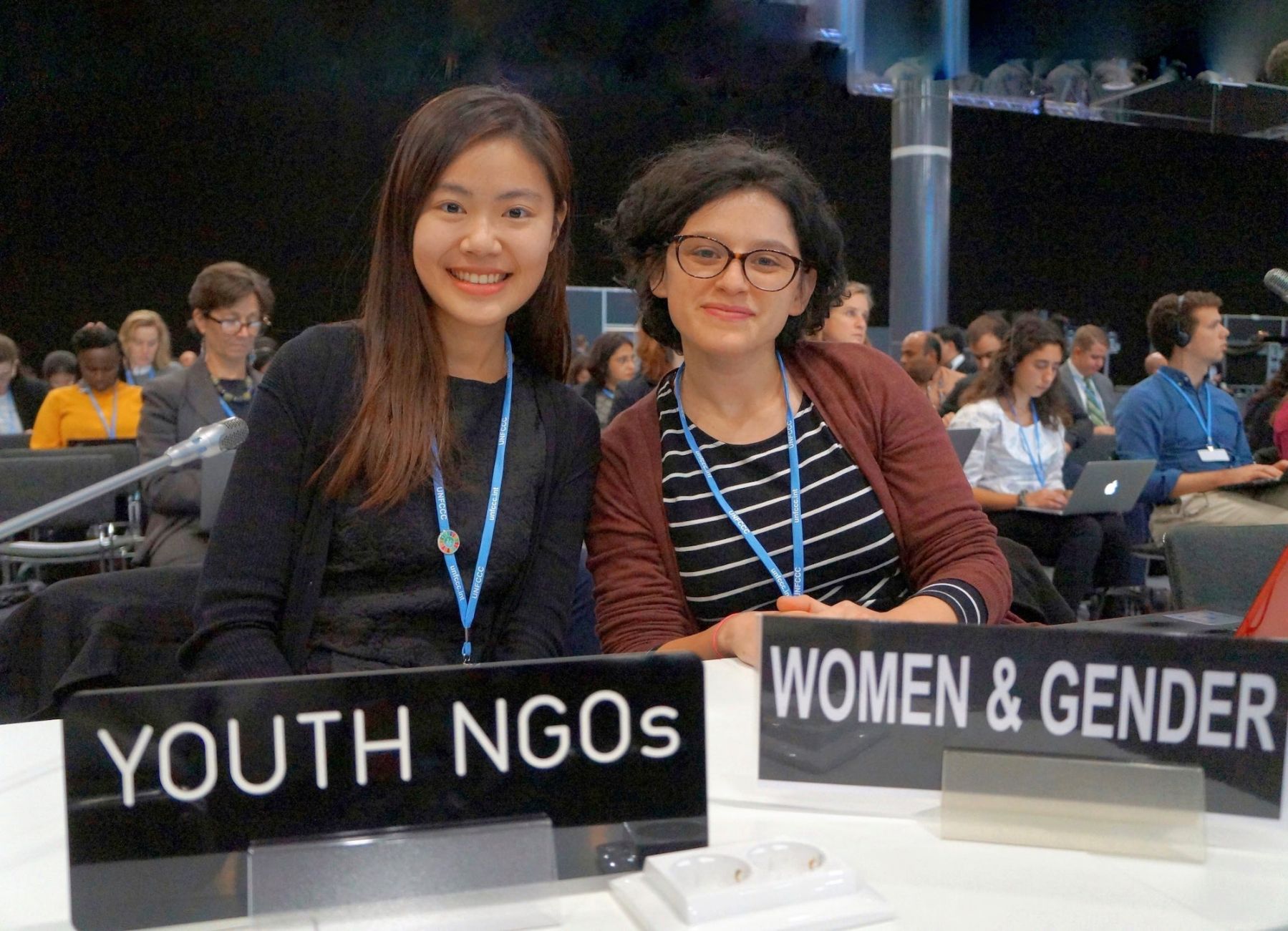Hong Kong-based advocate Natalie Chung weighs in on the generational gender gap at COP26, being part of the global youth climate movement, and why girls have the most at stake
When the COP26 UN Climate Change Conference wrapped up in mid-November, UN Secretary General Antonio Guterres acknowledged it was a compromise. Greta Thunberg dismissed it as a failure.
One thing was undeniable: the contrast between the protestors like Thunberg on the streets of Glasgow (young and mostly female) versus the male-dominated senior leadership at the negotiating tables—senior in both senses of the word. It says a lot about the current state of political power. Only 21 per cent of government ministers are women, and at the current rate, the UN projects gender equality in the highest positions of power won't be reached for 130 years.
Meanwhile, any changes in climate have the biggest implications for youth, and COP26 showed they’re determined to be heard. We turned to 24-year-old Natalie Chung to get her take on how young women are moving the climate cause forward.
Chung is the eco-entrepreneur and Gen.T honouree behind V’air Hong Kong, an environmental education organisation that promotes low-carbon local tourism. She’s also a founding member of Hong Kong Youth for Climate Action and was a delegate at COP25.
As she explained to Gen.T, she chose not to attend COP26 in person for a few reasons: to avoid the carbon emissions of a long flight now that she’s based in Hong Kong, not the UK, and to see resources go to representatives of the most affected people and areas. Chung shares her opinions on women and the climate crisis below.
Don’t miss: Young Climate Activist Lance Lau on His Mission to Save The Planet
Activists are often young. Why do you think climate change has resonated so much with young women? Are they more at risk?
Young female climate activists like Archana Soreng from India, Marinel Sumook Ubaldo from the Philippines and Elizabeth Wathuti from Kenya advocate for protecting girls from climate risks through improving their access to resources and education. Wathuti, who spoke at COP26, has shared the plight of Kenyans facing droughts and floods. Schools close, and girls and women must walk miles to obtain clean water and food for their families.
In developing economies, many girls are deprived of education or forced to drop out of school to make money for their families. This exposes girls to significant risks because they are less prepared with ways to mitigate climate change and adapt to its adverse affects. The International Union for Conservation of Nature's 2020 research report found that climate change increases violence against women and girls, ranging from domestic abuse to sexual assault, child marriage and human trafficking.


